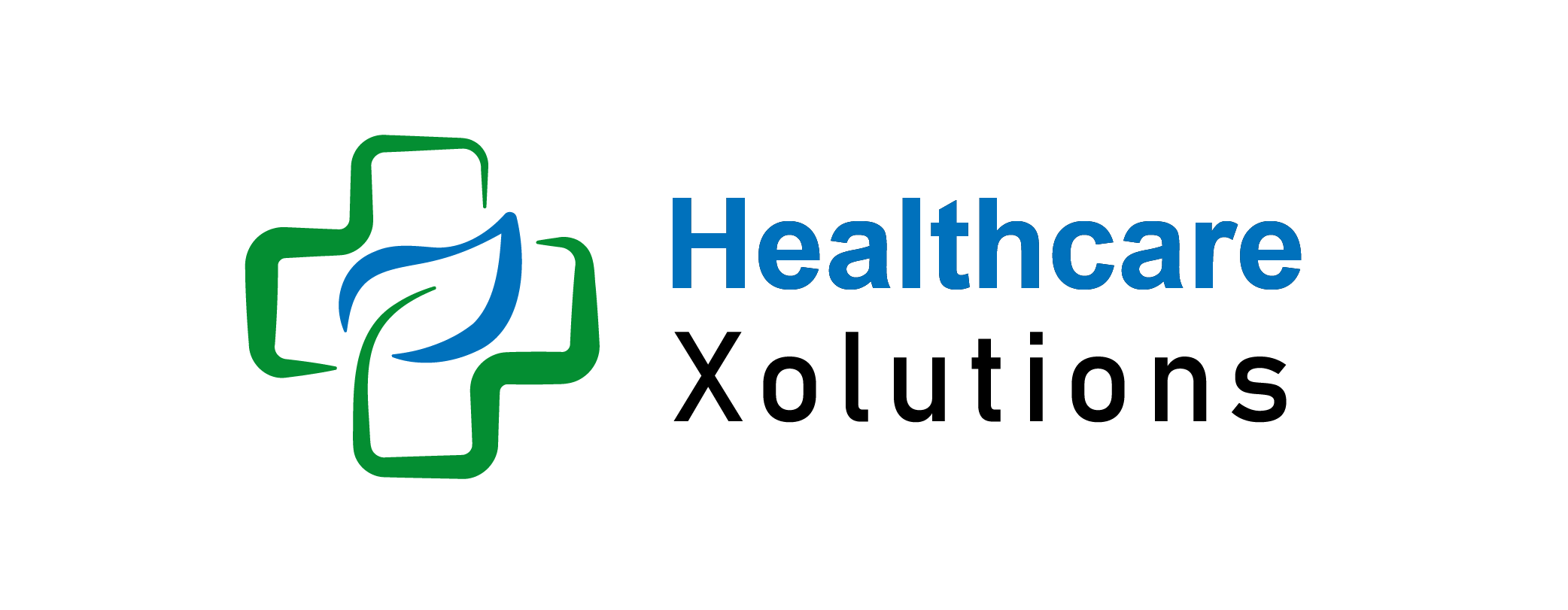How To Choose Affordable Health Insurance Plan | Complete Guide 2025

Health insurance is not just a necessity, it’s a vital investment in your health and financial security. According to Kaiser Foundation, in 2024, the average annual premium for single coverage is $8,435, while family coverage averages $23,624. As premiums continue to rise, finding affordable health insurance that meets your needs has become more important than ever. By implementing smart strategies, you can secure comprehensive coverage without exceeding your budget.
This article will provide a comprehensive guide about how to choose affordable health insurance plan tailored to your needs.
Key Takeaways:
- Assess Your Needs: Review your healthcare usage to determine the best type of plan for your lifestyle.
- Compare Plans Online: Use comparison tools to evaluate coverage and costs side-by-side.
- Factor Total Costs: Include premiums, deductibles, and out-of-pocket expenses in your decision-making.
- Leverage Subsidies: Check eligibility for government tax credits to lower premiums.
- In-Network Providers: Ensure your preferred healthcare providers are part of the plan’s network to avoid extra expenses.
Table of Contents
How To Choose Affordable Health Insurance Plan? Step-By-Step Guide
Finding the right health insurance plan requires understanding your unique healthcare requirements and balancing them with your budget. Start by assessing your medical needs to establish a foundation for comparing plans effectively.
1. Understand Your Healthcare Needs:
Before comparing plans, evaluate your medical needs. Consider:
- How often you visit doctors or specialists.
- Whether you need prescription medications regularly.
- Any chronic conditions or upcoming medical procedures.
This assessment will help you identify the type of coverage you require and avoid paying for unnecessary benefits.
2. Learn Key Insurance Terms:
To make an informed decision, familiarize yourself with common health insurance terms:
- Premium: The amount you pay monthly for coverage.
- Deductible: The amount you pay out-of-pocket before your insurance kicks in.
- Copayments: Fixed fees for specific services, like doctor visits.
- Coinsurance: The percentage you pay for services after meeting your deductible.
- Out-of-Pocket Maximum: The most you’ll pay in a year, including deductibles, copayments, and coinsurance.
Plans with lower premiums often have higher deductibles, while plans with higher premiums may provide lower out-of-pocket costs.
3. Compare Plan Types:
Health insurance plans typically fall into four categories:
- HMO (Health Maintenance Organization): Requires you to use a network of doctors and obtain referrals for specialists. It’s usually the most affordable option but with limited flexibility.
- PPO (Preferred Provider Organization): Offers more flexibility to see out-of-network providers but comes with higher costs.
- EPO (Exclusive Provider Organization): Combines affordability with network restrictions, but no referrals are needed for specialists.
- POS (Point of Service): Similar to HMO but allows some out-of-network visits with referrals.
Choose a plan type that aligns with your budget and flexibility needs.
4. Evaluate Subsidies and Discounts:
If you’re purchasing insurance through a government marketplace, check your eligibility for subsidies.
- Premium Tax Credits: Reduce the cost of monthly premiums for individuals and families with low to moderate income.
- Cost-Sharing Reductions: Lower deductibles, copayments, and coinsurance for qualifying individuals.
These options can significantly reduce your health insurance costs.
5. Assess The Provider Network:
Ensure your preferred doctors, specialists, and hospitals are part of the plan’s network. Out-of-network services can be costly, even with insurance. Check the network list to avoid unexpected expenses.
6. Prioritize Essential Benefits:
Affordable doesn’t mean minimal. A good health insurance plan should cover:
- Preventive care (e.g., vaccinations, screenings).
- Emergency services.
- Prescription drugs.
- Maternity and newborn care.
Verify that the plan meets your state’s minimum essential coverage standards.
7. Calculate Total Costs, Not Just Premiums:
While it’s tempting to focus on the monthly premium, consider the total annual cost, including:
- Deductibles.
- Copayments or coinsurance.
- Out-of-pocket maximums.
A plan with a slightly higher premium but lower deductible may save you money if you anticipate frequent medical expenses.
8. Use Online Comparison Tools:
Leverage online platforms to compare plans side-by-side. These tools provide details on:
- Coverage options.
- Cost breakdowns.
- Reviews and ratings of insurers.
Be thorough in your comparison to ensure the best value.
9. Seek Professional Guidance:
If you’re still unsure, consult a licensed insurance broker or navigator. They can:
- Clarify confusing terms.
- Help you understand plan differences.
- Suggest options based on your budget and healthcare needs.
Brokers often provide their services for free, as they’re compensated by insurance companies.
10. Review and Reassess Annually:
Health insurance plans change every year. During open enrollment, review your current plan to see if it still meets your needs or if a more affordable option is available.
Conclusion – How To Choose Affordable Health Insurance Plan:
Choosing the most affordable health insurance plan requires balancing cost with coverage. By assessing your needs, understanding plan details, and exploring available subsidies, you can secure a plan that protects your health without breaking the bank. Health insurance is an investment in your well-being. Take the time to research, ask questions, and make an informed choice for a healthier, stress-free future.
FAQs:
How to determine which health insurance plan is best?
Compare premiums, deductibles, out-of-pocket costs, and coverage benefits to balance affordability and value.
Where can I buy health insurance on my own?
Visit government marketplaces or insurance provider websites to explore individual plans tailored to your needs.
Who can help me find health insurance?
Licensed brokers, navigators, and online comparison tools can assist in selecting the best health insurance plan for you.
How to compare health insurance plans effectively?
Use online tools to evaluate premiums, networks, and benefits side-by-side. Consider total annual costs for an accurate comparison.
